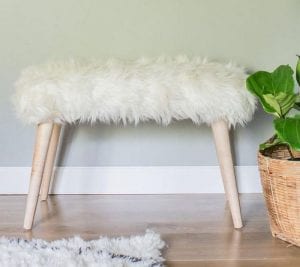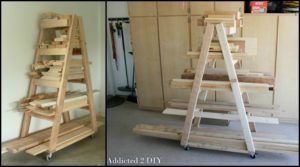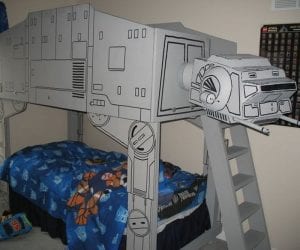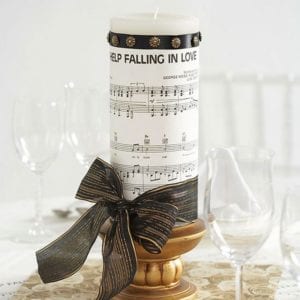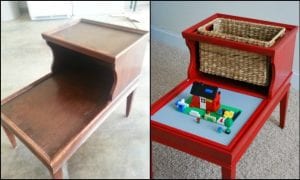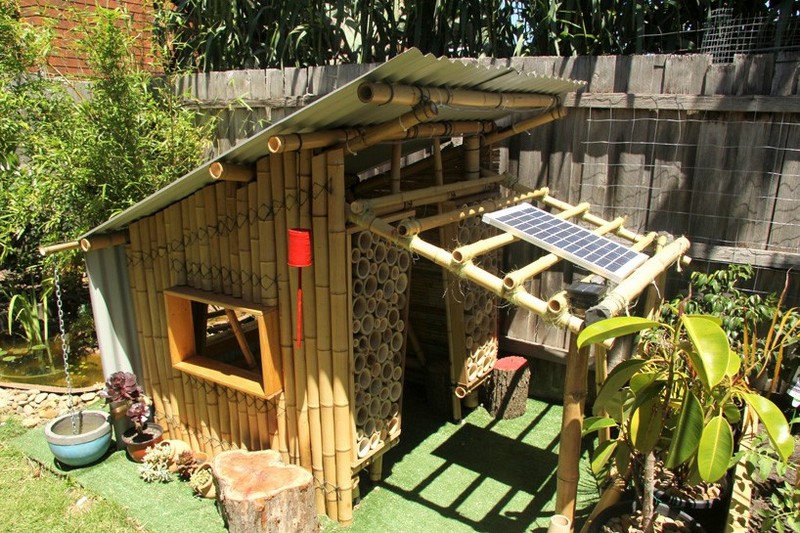
Every kid always wants their only little getaway within the comfort of their backyard. They imagine temporary forts from lawn chairs and sheets, ask their parents for a plastic little tike set, or get their treehouse nestled between branches and leaves up in the sky.
Providing a stronger architectural touch to these types of structures, we have constructed a miniature dwelling called the ‘Bamboo Cubby House’.
A bamboo cubby house is a type of playhouse made out of bamboo. They are usually small in size and have a simple design. Bamboo cubby houses provide a great place for children to play and explore. They are also a great way to teach children about environmental responsibility since bamboo is a sustainable resource.
7 Advantages of Building a Bamboo Cubby
Whether you’re interested in eco-conscious construction, a practical storage solution, or a unique addition to your space, a bamboo cubby combines functionality with environmental responsibility.
1. Eco-Friendly Material
Bamboo is a renewable and eco-friendly material known for its rapid growth, making it an excellent choice for environmentally conscious builders. By opting for a bamboo cubby, you contribute to sustainable construction practices.
2. Cost-Effectiveness
Utilizing bamboo as the primary building material can significantly reduce construction costs compared to traditional alternatives. This affordability makes it an accessible option for a wide range of budgets.
3. Durability and Strength: Despite its lightweight appearance, bamboo is surprisingly durable and can withstand various environmental conditions. A bamboo cubby offers a robust and long-lasting solution for storage or shelter needs.
4. Versatility in Design: Bamboo is highly versatile and can be fashioned into various shapes and forms, allowing for a wide range of design possibilities. This versatility enables you to customize your cubby to suit specific aesthetic preferences and functional requirements.
5. Easy Maintenance: Bamboo is relatively low maintenance compared to other building materials. It requires minimal upkeep to retain its structural integrity and aesthetic appeal, making it a practical choice for long-term use.
6. Natural Aesthetic: The natural texture and appearance of bamboo lend a unique and visually appealing aesthetic to any space. A bamboo cubby can seamlessly blend with outdoor environments or complement interior decor, adding a touch of natural elegance.
7. Educational and Hands-On Experience: Building your affordable bamboo cubby provides a valuable hands-on learning opportunity. It allows you to gain practical construction skills while fostering a deeper appreciation for sustainable building practices.
Opting for an affordable Giant Grass Bamboo Cubby offers a host of benefits ranging from environmental sustainability to cost-effectiveness, durability, design versatility, ease of maintenance, aesthetic appeal, and the opportunity for hands-on learning. This combination of advantages makes it a compelling choice for those seeking a sustainable and budget-friendly solution for their space needs.
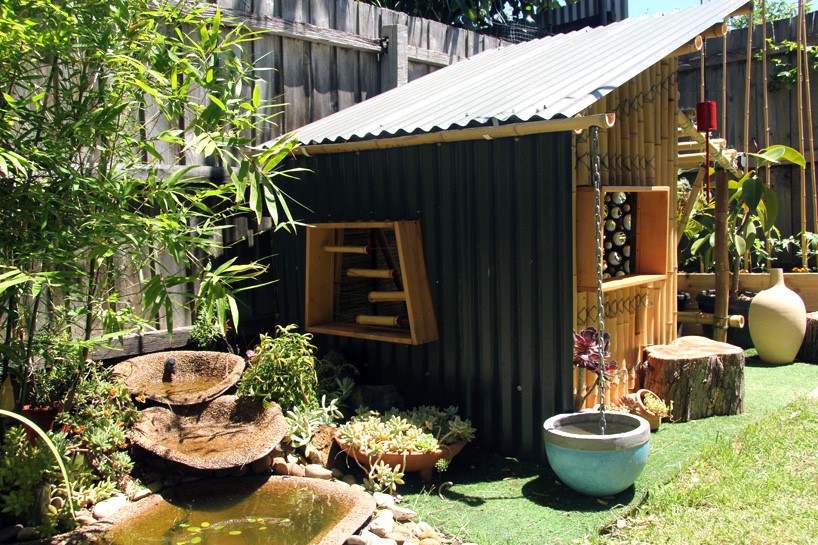
The bamboo cubby is a 1.2 x 1.2-meter building that has been built from bamboo and recycled colour bond roofing and timber. Its perimeter explores various techniques of making bamboo screens and walls with half-split poles that have been stitched by pins and sisal rope to create a weatherproof barrier. Above, the corrugated metal roofing is fixed to the supporting partitions using J-bolts.
Voids in the façade have been made for the insertion of the window and door frames of timber planks. The result is the utilization of cross-sectional, cylindrical stalks and a change in the stitching pattern. The gutter is also made from bamboo with a drip chain providing a rain feature.
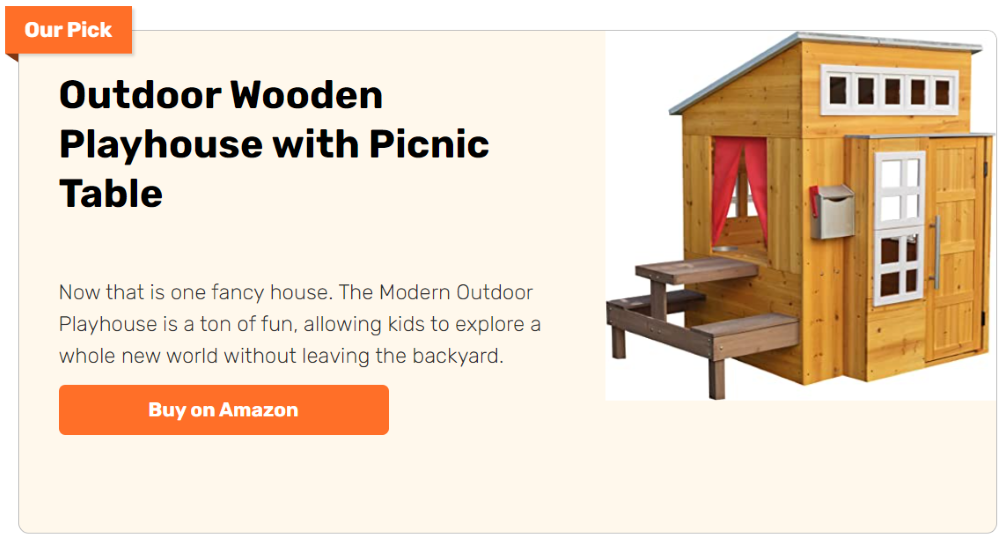
The bamboo cubby has been developed as a prototype for an eco-cabin with passive design principles. The entrance veranda is topped with a pergola roof and solar panel that is capable of powering LED lights and a solar pump in the adjacent pond.

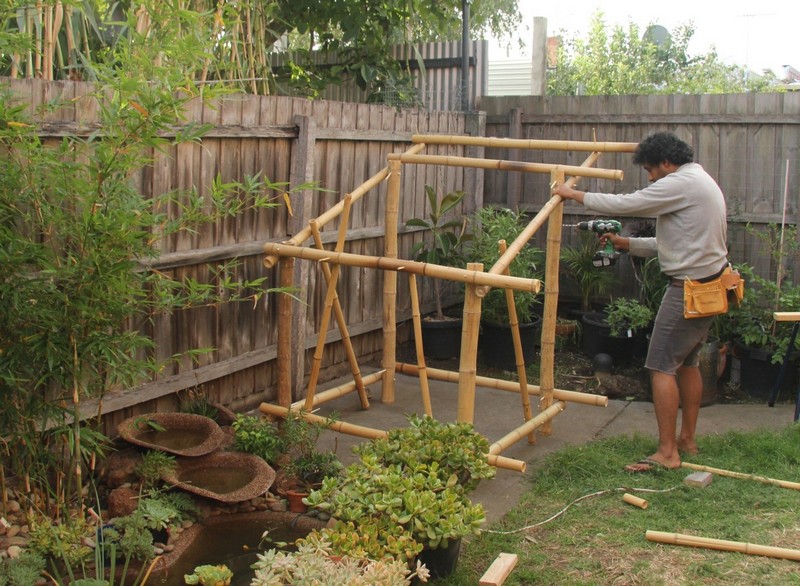

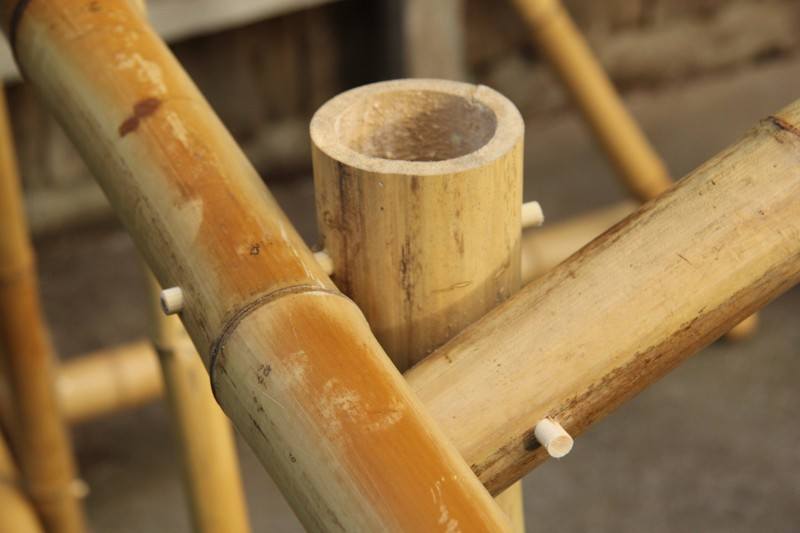


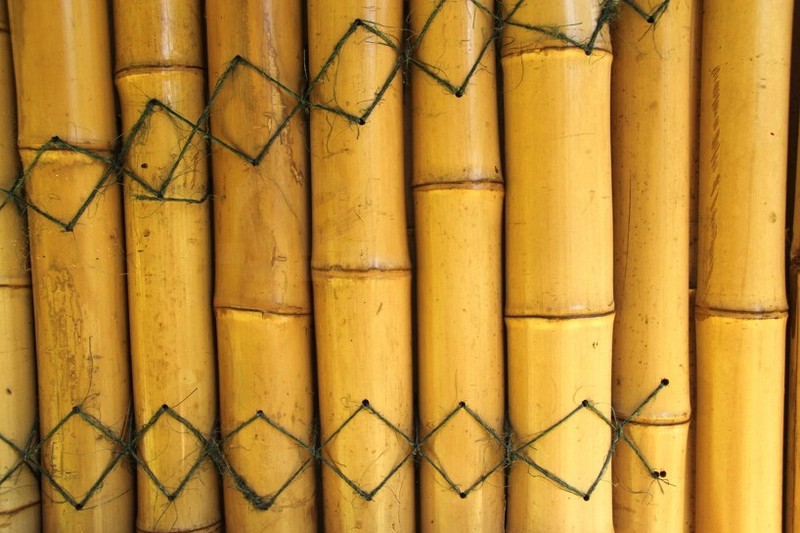




Kids enjoying the bamboo cubby


The Wrap Up
Choosing to build an affordable Giant Grass Bamboo Cubby presents a range of compelling benefits. From its eco-friendly properties to cost-effectiveness, durability, and versatile design, the advantages are numerous.
Bamboo’s sustainability reduces environmental hazards, and its strength ensures the longevity of your cubby. Its versatility allows for custom designs that can enhance any space, while its natural aesthetics provide a touch of elegance.
Additionally, building with bamboo is budget-friendly, quick to construct, and offers an educational experience in sustainable building practices. In essence, a Giant Grass Bamboo Cubby offers an eco-conscious, cost-effective, and stylish solution for various space needs.
About Munir Vahanvati:

Munir is an architect and urban designer with more than 12 years of industry experience. He has been involved in working with bamboo for the last 10 years. He is passionate about designing and using the natural form of bamboo to create rhythmic structures that create a play of light and shade. In Nov 2013 Munir took on the role of Vice-President at the Bamboo Society of Australia.
About Giant Grass:
Giant Grass is a social enterprise focused on sustainability and hands-on learning through bamboo. In addition to designing and building structures out of bamboo, it regularly conducts Bamboo Construction Workshops in Melbourne and across Australia. For more information on the company projects and workshops please visit www.giantgrass.com

